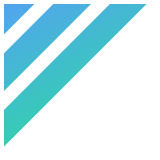Comparing Qlikview and Kaizen for Pharma

One of the most frequent questions we receive through our website and in face-to-face meetings are:
- What are the differences between Qlikview and Kaizen?
- When does it make sense to deploy one or the other?
Our answer is based on feedback from users who have evaluated or are clients of Qlikview in other areas of the company and on our own experience using it.
Vertical vs Horizontal
Qlikview is a generalist business intelligence software, oriented to all types of businesses and to various areas within each one of them.
This is an advantage from a business model point of view for Qlikview, because it can reach out to a wider market, but it also has its drawbacks.
When a generalist software is designed for all sectors and needs, there is no other option than establishing compromises and focusing on functions that will solve issues for the largest amount of potential clients.
For simplicity, we will focus on the sales area. We can establish two types of channels in companies of any sector.
- Direct sales
- Channel sales
In either of these cases, a correlation can be made between channels and marketing events, with the help of the wholesaler in the case of channel sales.
As you know, prescription drugs business model in Europe is highly complex:
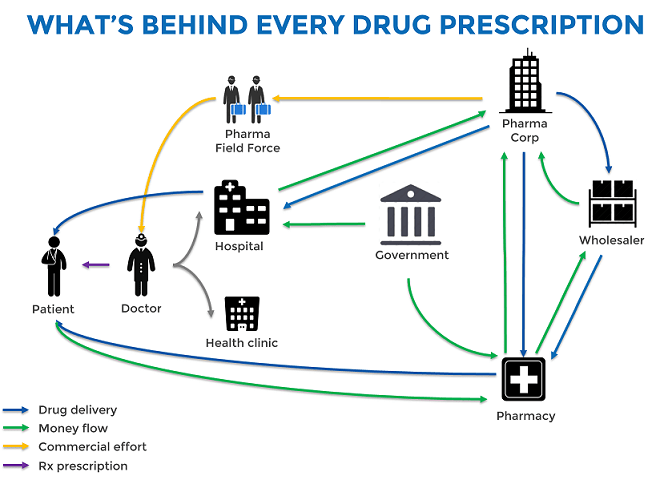
And here is where the problem arises: how to apply the business model in standard business intelligence tools and at the same time, set up correlations with sales force efforts information provided by CRM systems.
In fact, given the complexity of the model, the CRM solutions that we find in this industry are dominated by vertical ones - Veeva and Cegedim - while generalist CRM with a high degree of customizations is less common.
Adapting Qlikview to the needs of the pharmaceutical industry requires a deep commitment of business personnel and consultants with expert knowledge of the pharma sector, resulting in high upfront costs, risk of failure and uncertainty about the investment return.
Apart from the definition of sector-specific KPIs, the integration of sales data (hospital, wholesale and pharmacy) with CRM and multi-channel platforms are great challenges due to the very nature of the information.
Kaizen has the major KPIs and standard connectors to the main information sources of the pharmaceutical industry – IMS, Veeva, Cegedim – reducing the risks associated with each new project.
Focus on sales force productivity
Qlikview is a strong tool with numerous options and filters focused on analytical profiles.
On the other side, Kaizen's main objective is to help sales force and managers identifying new sales opportunities and territories at risk, as well as assigning resources and contrasting the result of their commercial actions.
Taking this into account, we can see that in many cases both platforms coexist in different areas of the companies.
Mobile First
Both platforms have a version for iPad and work off-line in low signal areas.
However, there is a fundamental difference: Qlikview is a product created years ago, it was designed for mouse-based web navigation, with lots of data filtering, small texts and buttons, being very difficult to work with touch devices as iPad.
Qlikview iPad: Data filter selection

Qlikview iPad: Territories & Products dashboard

Kaizen is a product designed precisely for touch mobility. The entire user experience is intended to be intuitive and easy to use.
Kaizen: Warning-based territory selection
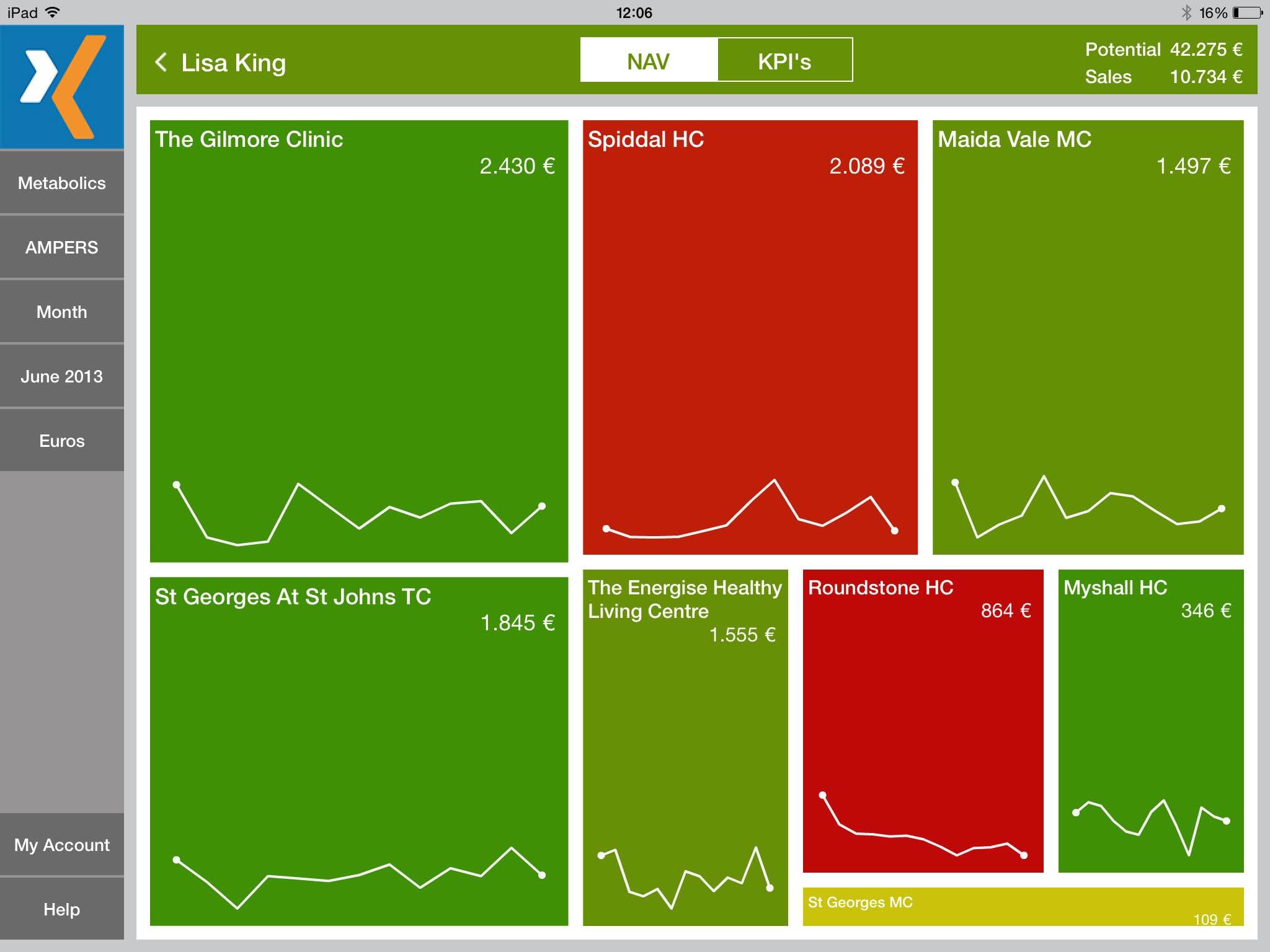
Kaizen: Territorial KPIs
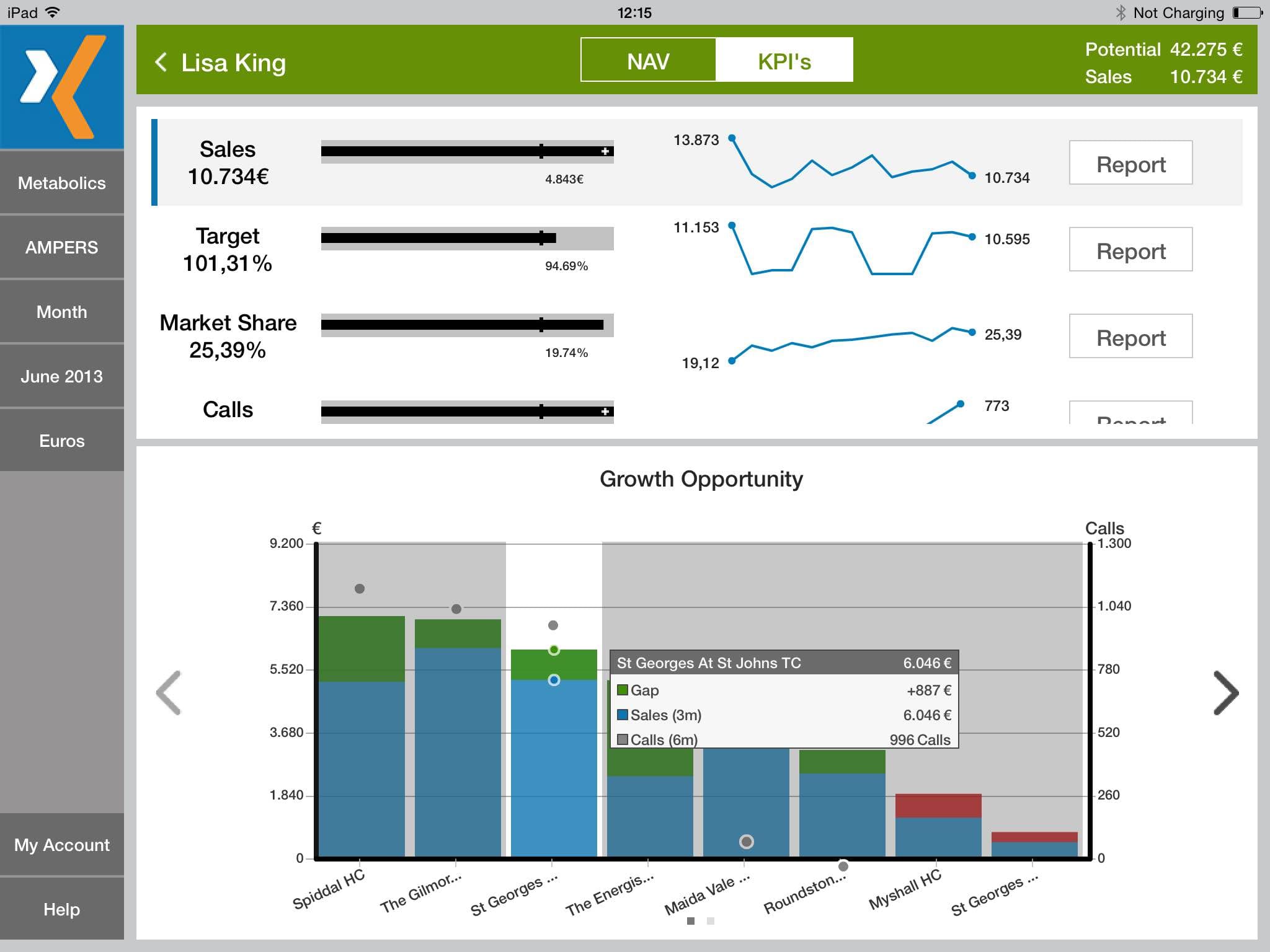
On-premise and cloud SaaS
Kaizen works as Software as a Service (SaaS) in the cloud and the client can disregard the underlying infrastructure, and recurring data loading issues: it just works without dedicated personnel.
With no initial license costs and without having to dedicate technical or personnel infrastructure to its maintenance, the total property cost (TCO) is much lower.
As to Kaizen's data updates, all the client has to do is provide the platform with the raw data or use the connectors with other cloud systems (for example IMS, Veeva or Cegedim).
Conclusions
Qlikview is a great BI system for most economic sectors, it is flexible and powerful; as well as complex for newcomers, it is mainly focused for analytical profiles, who value its self-service BI capabilities.
Kaizen for Pharma, on the other hand, is easy to learn without sacrificing a bit of power. It is focused on sales and management teams of the pharmaceutical industry, which makes it more efficient for pharma companies due to its high specialization.
Regarding costs, Qlikview requires external consultants who do not always have knowledge of the pharmaceutical business, generating risk during implementation and after deployment.
Kaizen eliminates all these barriers from the beginning thanks to the focus of its platform and the benefits and user experience that brings to the sales force.
